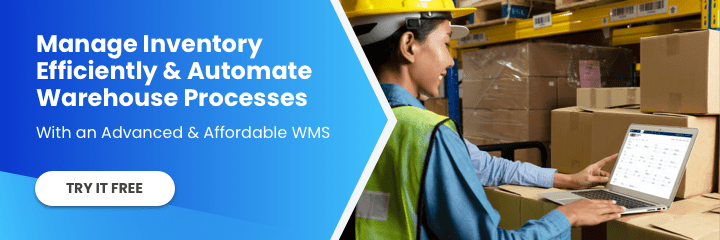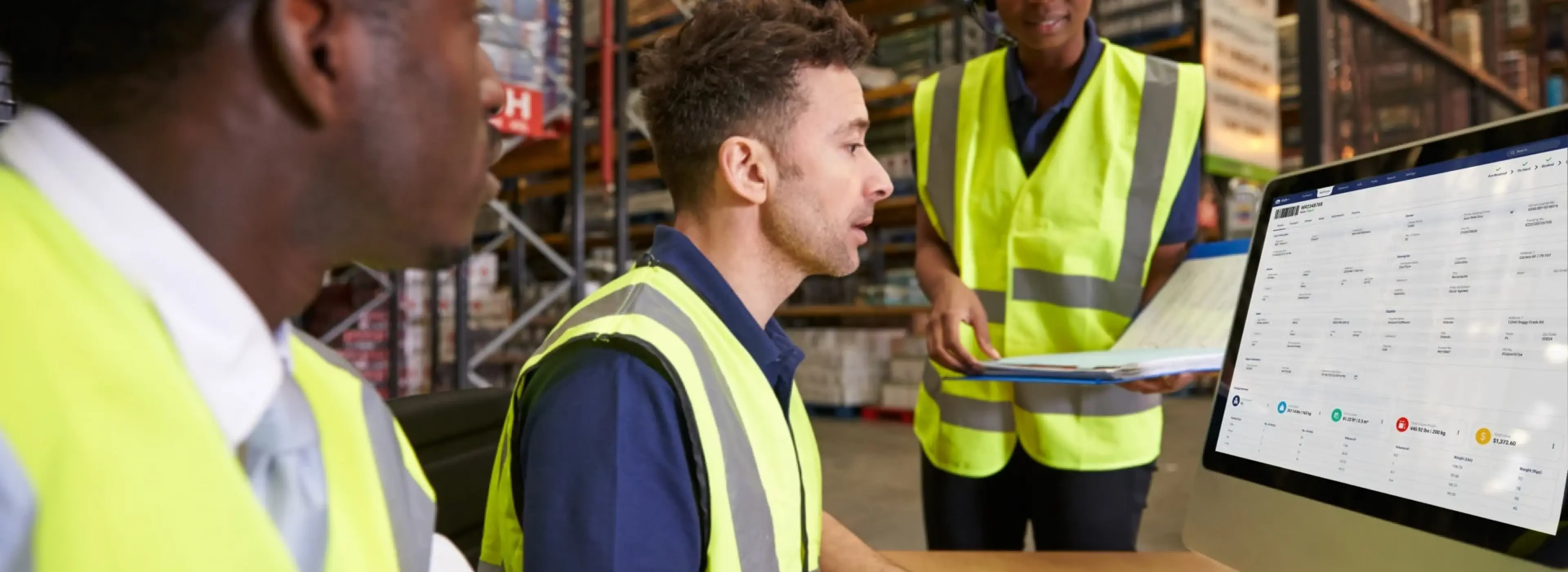Working alongside robots may seem like a science fiction premise, but advances in robotics technology have quickly brought the logistics industry closer to that reality.
Download Guide: 7 Technologies That Will Change the Warehouse
According to Aethon, robotics adoption along the supply chain is growing significantly, partly because robots are far more affordable, capable, and reliable as a logistics solution than ever before.
Industry leaders like DHL and Amazon, who are integrating robotics technology like drones and driverless vehicles, are seeing these advances in technology improve the efficiency, speed, accuracy, and safety within their organizations.
Improved Operational Efficiency
Increases in operational efficiency are always a must in logistics, so major industry players are closely tracking this trend and expanding their knowledge base on how growing robotics usage could result in greater returns.
One application of robotics in logistics is incorporating self-driving vehicles in a warehouse setting. In 2014, DHL noted this kind of automation allows for “the ability not just to transport goods, but also to combine other process steps such as loading and unloading,” which they believe will “increase the overall efficiency of an entire process.”
Amazon also adopted the same kind of technology when they acquired Kiva Systems in 2012 and began implementing robotic inventory management and order fulfillment solutions in their warehouses. The Kiva robots’ functionality brings the shelves and products from within the warehouse to the staff so they can package customer orders, rather than requiring staff to walk throughout the warehouse and back to find the product, fulfill the order, and package it. CNET reports that adopting Kiva robots improved efficiency by 25% in the fulfillment process and allowed for 50% more inventory in Amazon warehouses that have adopted the process.
Creating Safer Workforce Environments
Another value of incorporating robotics into the logistics supply chain is the ability to use robots in roles that endanger employees. “In addition to providing efficiency gains, self-driving vehicles can also significantly increase safety in transport and loading processes,” DHL stipulates.
When used in warehouse applications, robotic technologies solve important safety issues employees face with very low human risk. Yaskawa Motoman, a company that provides robotic truck unloading and loading solutions for logistics organizations, identified that “unloading trucks is a physically demanding job that requires constant twisting, lifting, and reaching.” Yaskawa’s robots lower the high rate of worker injuries by providing truck unloading and mixed case de-palletizing.
Risks of Adopting Robotics Within Logistics
One of the major hesitations voiced about the adoption of robots within the warehouse is the effect it will have on the labor market. People fear that an increase in automation will result in the loss of jobs within the industry.
However, according to Aethon, “more often than not, robots are more efficient and allow employees to perform higher value-added tasks.” Logistics companies that have begun integrating robots into their existing workflow, such as Amazon, insist that adopting automation in their warehouse processes isn’t a threat to their workforce.
In an interview with CNET, David Clark, the Senior Vice President of Worldwide Operations at Amazon, said that the company’s “focus on automation is about helping people do their jobs, not replacing people.” In reality, Amazon announced in June 2015 that it had added 6,000 full-time jobs at its fulfillment centers across the U.S.
For organizations without Amazon’s scale, adoption of automation may prove a difficult or daunting task. The actual implementation of new robotic solutions in the warehouse would require time, training, and technological resources to support the new processes—and all of this comes at a significant cost.
Plus, there are still some functionality hiccups that must be overcome. An Amazon employee even admitted that sometimes their robots malfunction and cost her valuable time, reinforcing the need for access to expertise and resources when considering introducing new technologies in logistics.
Robotics as a logistics solution grows more viable as research and technology increase. According to CNET, 10 of the 50 Amazon fulfillment centers had integrated Kiva robots into their warehouses as of 2014. Plus, the pace of innovation in robotics only continues to accelerate. Leaders in the logistics industry are heavily invested in developing new means of automation.
Talking Logistics reports that Amazon recently sponsored a competition at an international robotics research conference to fund a robot that could autonomously pick an item based on provided item description algorithms. That said, don’t be too concerned that a warehouse will be fully staffed by robots anytime soon. Amazon spokeswoman Kelly Cheeseman addresses this concern in the MIT Technology Review, stating, “People are such an important component; the technology wouldn’t mean anything if you didn’t have great employees that help interact and engage with it.”
To learn about warehouse technology trends, follow us on LinkedIn, YouTube, X, or Facebook. If you have other inquiries or suggestions, please contact us here. We’ll be happy to hear from you.












